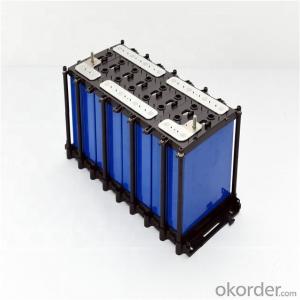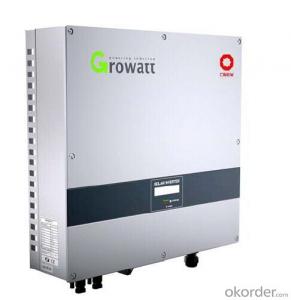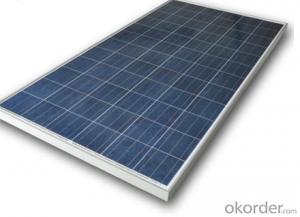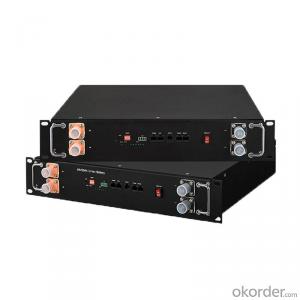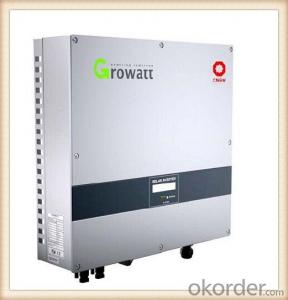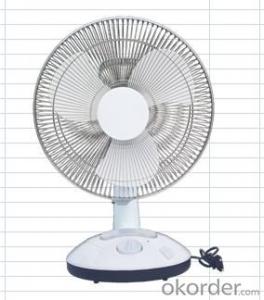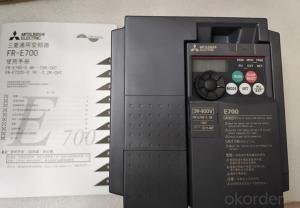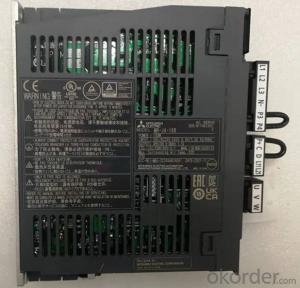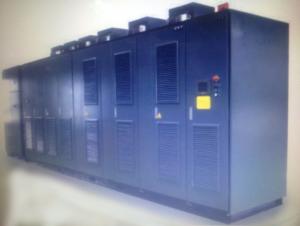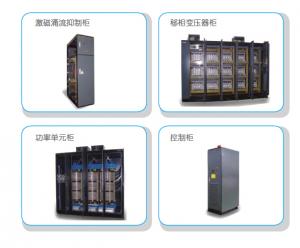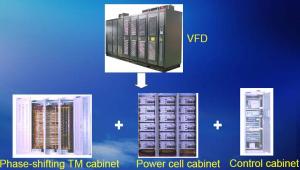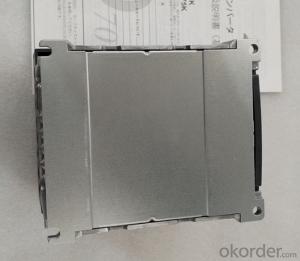Solar Storage Inverter
Solar Storage Inverter Related Searches
Solar Solar Inverter Solar Converter Inverter Solar Battery Inverter Sun Solar Inverter Solar Energy Inverter Solar Electric Inverter Solar Charger Inverter Solar System Inverter Inverter Solar Solar Smart Inverter Inverter Battery Solar Inverter Charger Solar Power Solar Inverter Solar Plant Inverter Solar Power Battery Inverter Solar Photovoltaic Inverter Battery Inverter Solar Solar Charge Inverter Solaris Solar Inverter Solar Inverter Inverter Battery Solar Inverter Solar Light Inverter Sunshine Solar Inverter Smart Inverter Solar Power Inverter Solar Solar Hybrid Inverter Solar Inverter Charger Solar Rechargeable Inverter Solar Home Inverter Solar Powered InverterSolar Storage Inverter Supplier & Manufacturer from China
Solar Storage Inverters are advanced devices that play a crucial role in the solar energy industry. These inverters are designed to convert the direct current (DC) generated by solar panels into alternating current (AC), which can then be used to power homes and businesses. They also facilitate the storage of excess solar energy in batteries, ensuring a continuous supply of power even when the sun isn't shining.The application and usage scenarios of Solar Storage Inverters are vast, making them an essential component in the transition towards renewable energy. They are commonly used in residential and commercial solar power systems, enabling users to store energy for later use and reduce their reliance on grid electricity. This not only promotes energy independence but also helps in cutting down electricity bills and reducing environmental impact.
Okorder.com is a reputable wholesale supplier of Solar Storage Inverters, boasting a large inventory to cater to the diverse needs of customers worldwide. They offer a range of high-quality products from leading manufacturers, ensuring that customers have access to reliable and efficient solutions for their solar energy storage requirements.
Hot Products
